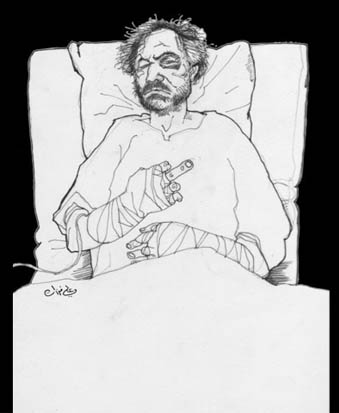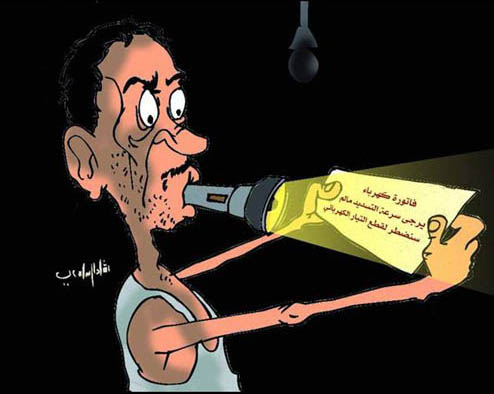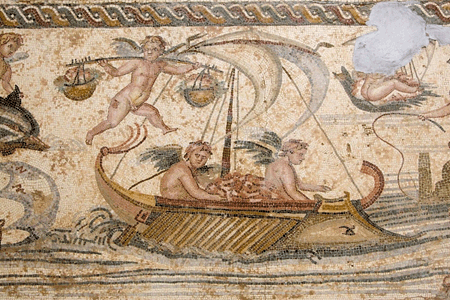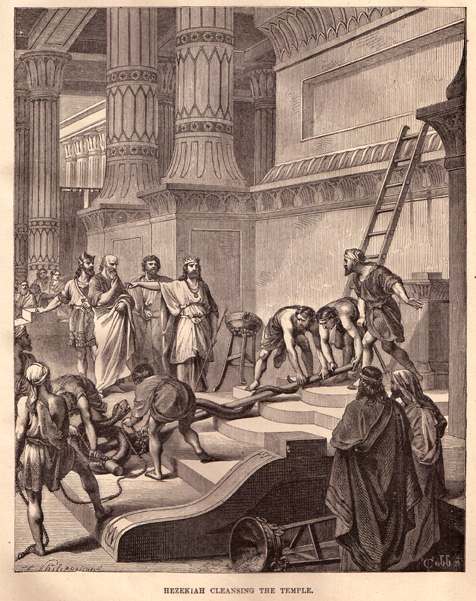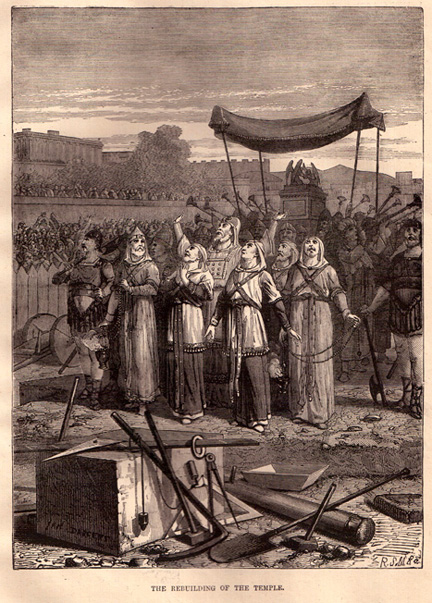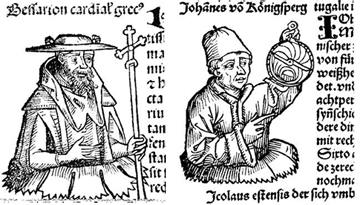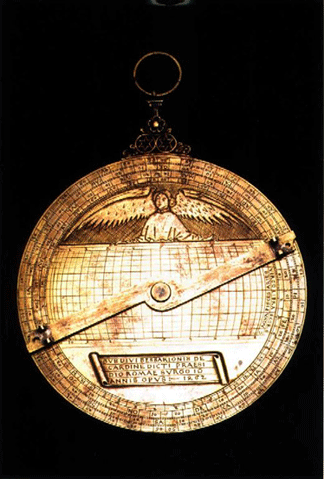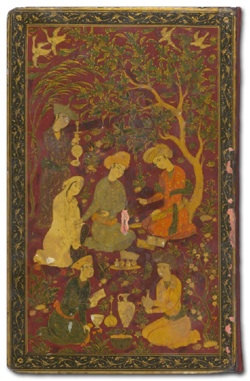
Historic Arabic medical manuscripts go online
Researchers may now search and browse the Wellcome Library’s Arabic manuscripts using groundbreaking functionalities in a new online resource that brings together rich descriptive information and exceptionally detailed images.
Arabic medicine was once the most advanced in the world, and now digital facsimiles of some of its most important texts have been made freely available online. The unique online resource, based on the Wellcome Library’s Arabic manuscript collection, includes well-known medical texts by famous practitioners (such as Avicenna, Ibn al-Quff, and Ibn an-Nafis), lesser-known works by anonymous physicians and rare or unique copies, such as Averroes’ commentaries on Avicenna’s medical poetry.
The Wellcome Arabic Manuscript Cataloguing Partnership (WAMCP) combines the efforts of the Wellcome Library, the Bibliotheca Alexandrina and King’s College London Digital Humanities Department and is funded by JISC and the Wellcome Trust. It offers a rich digital manuscript library available online for free, which represents a significant resource for a wide range of researchers – including Arabic studies scholars, medical historians and manuscript conservators – to aid and enhance their work.
The resource is now available online. Continue reading Wellcome Library Arabic Manuscripts Online
